1. Grape-Nuts
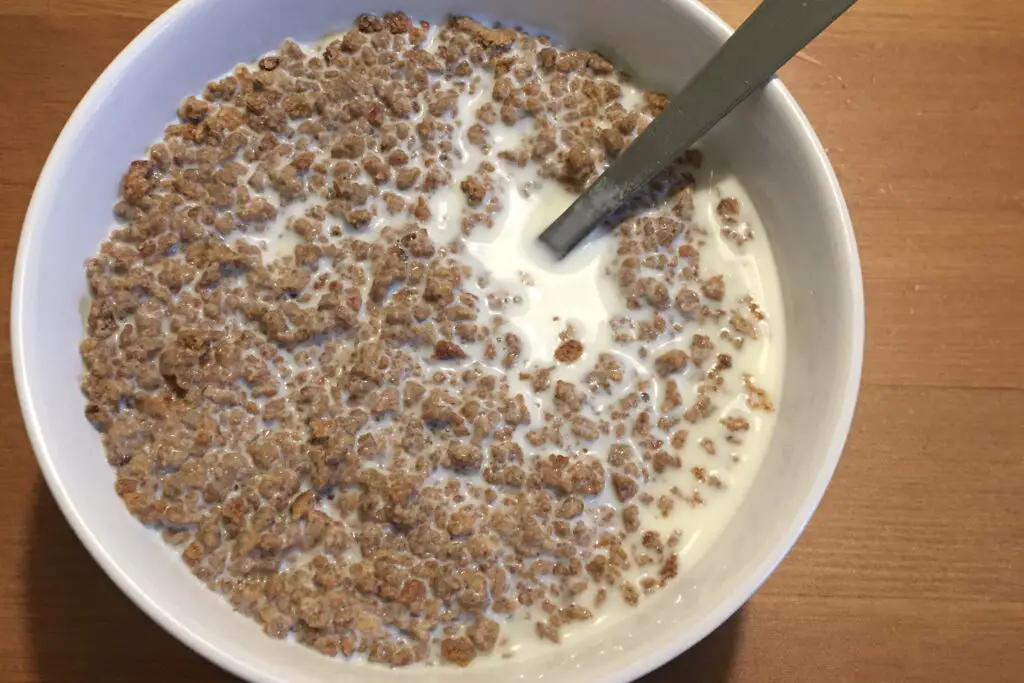
Grape-Nuts, a cereal introduced in the early 1900s, became a staple of the American breakfast table, especially for those who believed in the power of “brain food.” Advertised as an energy booster, it was said to provide the nutrients needed for optimal brain function due to its high fiber and whole grain content. The cereal’s crunchy texture and nutty flavor made it a favorite among those seeking a quick and healthy start to the day. But despite its popularity, over time, Grape-Nuts gradually faded into the background as newer, sweeter cereals took the spotlight.
Though it’s still available today, many people have forgotten about the once-prominent role Grape-Nuts played in nutrition. It was often included in the same conversation as oatmeal and eggs for its perceived cognitive benefits. While not a true “brain food” in the way we think of it today, it was an early contender in promoting the idea that a hearty breakfast could fuel both the body and the mind.
2. Wheat Germ
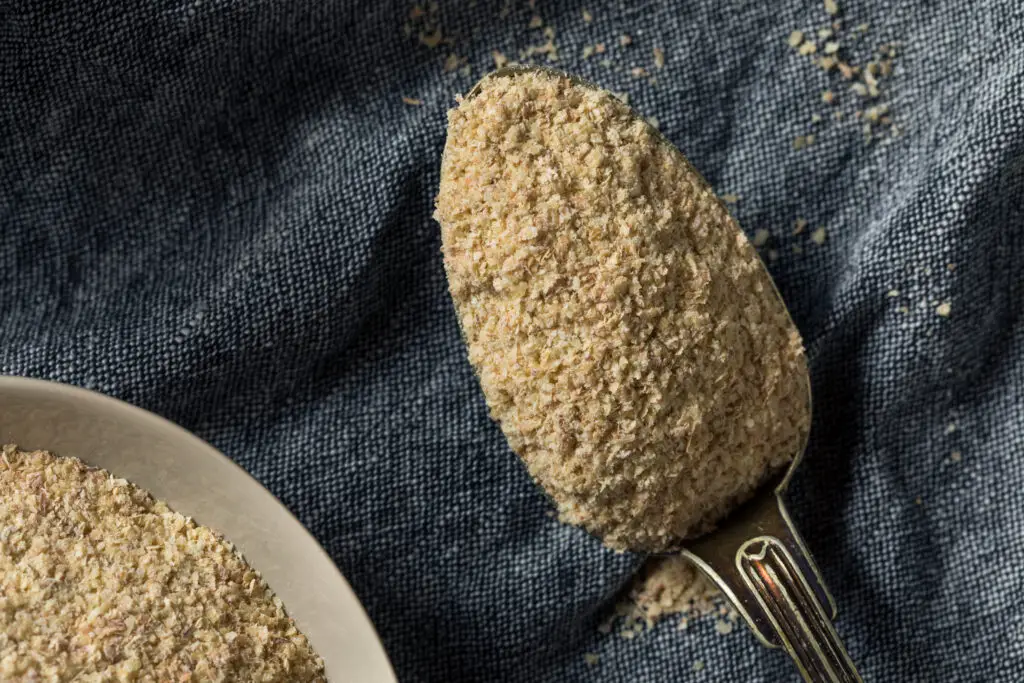
Wheat germ was widely regarded as a superfood during the ’50s and ’60s, often mixed into smoothies or sprinkled on cereal. Packed with essential vitamins like E and B, wheat germ was seen as a vital ingredient for brain health and cognitive performance. People swore by its ability to boost memory and mental clarity, making it a go-to for students and professionals alike. The nutty, slightly sweet flavor was a pleasant addition to a variety of breakfast dishes.
But as dietary trends shifted, wheat germ lost its prominence, overshadowed by flashier alternatives like granola and protein powders. Despite its nutrient-packed profile, it struggled to maintain its appeal in the face of new superfoods claiming to offer similar benefits. While it’s still a great addition to meals, its glory days as a “brain food” are largely a thing of the past.
3. Cream of Wheat
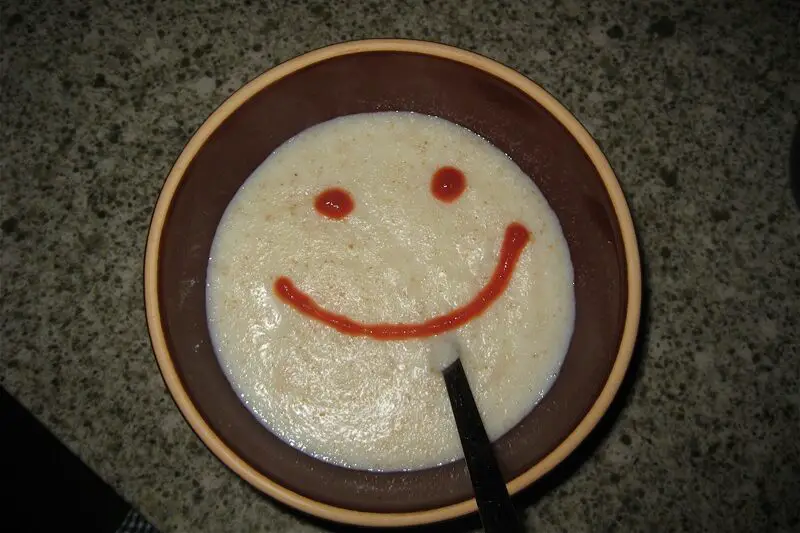
Cream of Wheat was once the breakfast of choice for many looking for a smooth, comforting way to start the day while also boosting brain power. With its high iron content and easy-to-digest properties, it was marketed as a food that helped improve mental clarity and physical energy. Parents often served it to children as a warm, hearty option that would help them perform well at school, believing it was a key to cognitive success.
Over time, though, instant oatmeal and sugary cereals took over, leaving Cream of Wheat to fade into the background. Its image as a nourishing, brain-boosting meal didn’t hold up as other breakfast trends came and went. Despite this, it remains a wholesome, nostalgic option for anyone looking to reconnect with a more comforting, brain-food-driven breakfast tradition.
4. Oatmeal with Brown Sugar
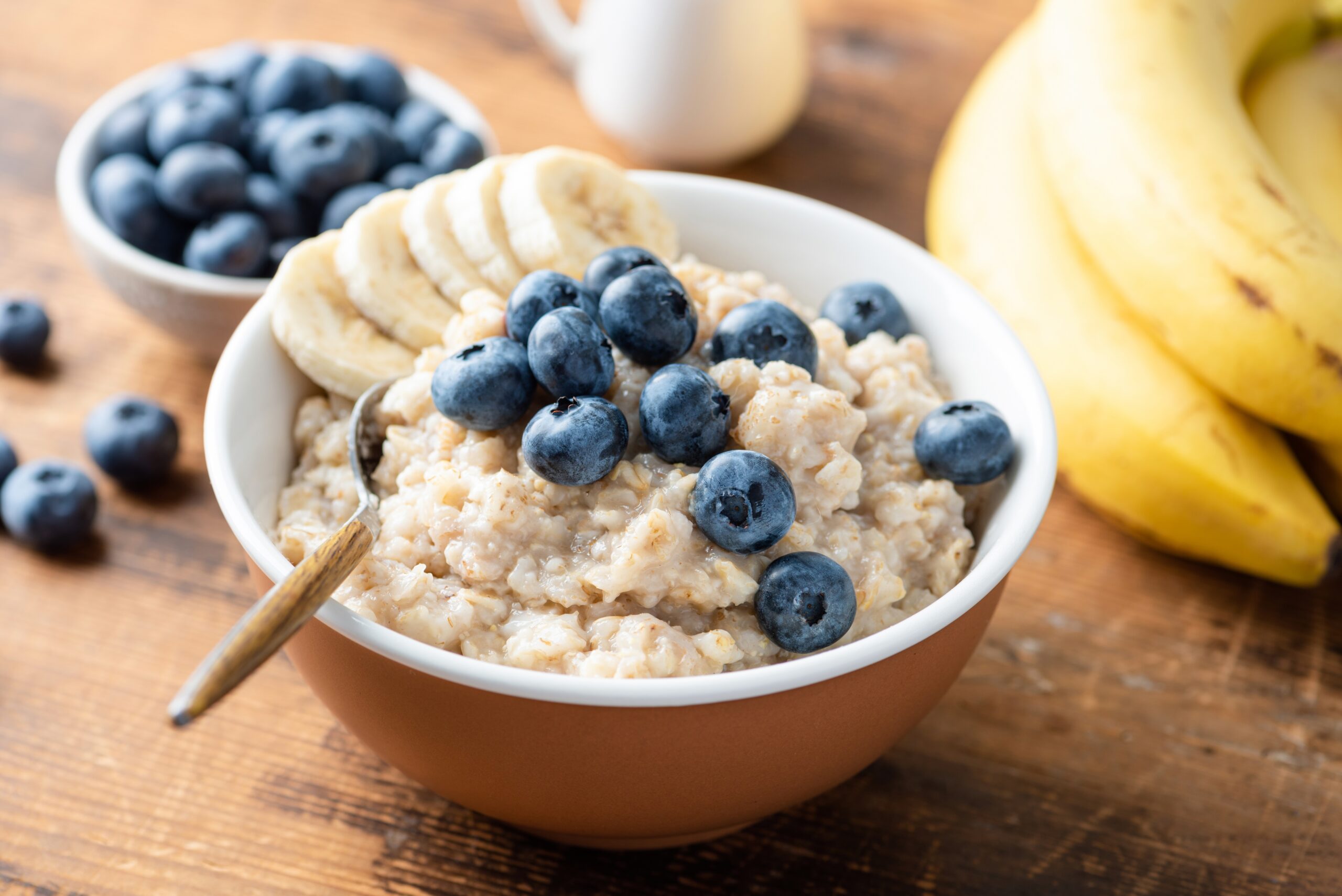
Oatmeal has always been seen as a wholesome breakfast choice, but during the ’60s and ’70s, adding brown sugar was thought to give it an extra cognitive kick. The combination of complex carbs from the oats and the sweetness of the sugar was marketed as the perfect mix for sustaining energy and brain function throughout the morning. It was widely consumed as part of a balanced breakfast, often paired with a glass of orange juice or a boiled egg to create the ultimate “brain-boosting” meal.
While oatmeal has never disappeared entirely, the version with brown sugar and milk has become less common as health trends shifted towards low-carb diets and more savory breakfasts. These days, oatmeal is often consumed in a less sugary form, with toppings like fruit or nuts, and less focus is placed on its potential for improving brain health. Still, the classic bowl of oatmeal with brown sugar remains a nostalgic and comforting reminder of the days when it was a morning must-have.
5. Cottage Cheese with Pineapple
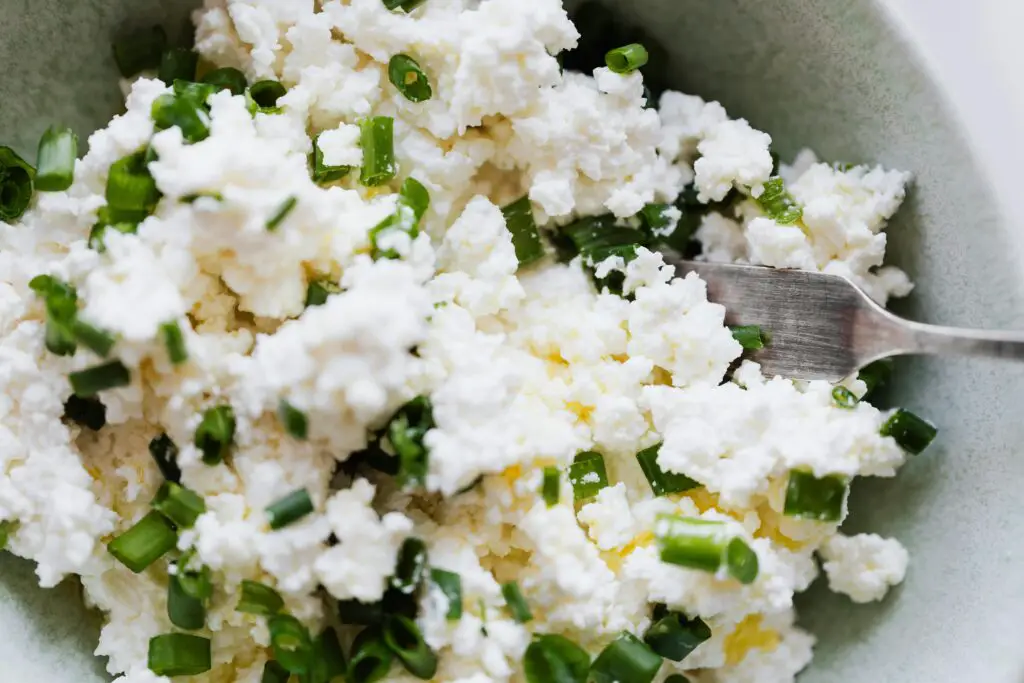
Cottage cheese with pineapple was once a breakfast pairing people swore by for its ability to support brain health. The combination of high-protein cottage cheese and vitamin C-rich pineapple was touted as a dynamic duo that helped keep the mind sharp and alert. Many believed this simple dish was the perfect way to kickstart the day, providing both mental clarity and long-lasting energy.
As time passed, however, the popularity of cottage cheese waned, especially with the rise of Greek yogurt as a trendy breakfast item. While cottage cheese is still loved by some for its high protein content, it’s no longer the go-to “brain food” it once was. The blend of cottage cheese and pineapple is now more of a forgotten pairing, though it remains a surprisingly tasty and nutritious choice.
6. Scrambled Eggs with Spinach
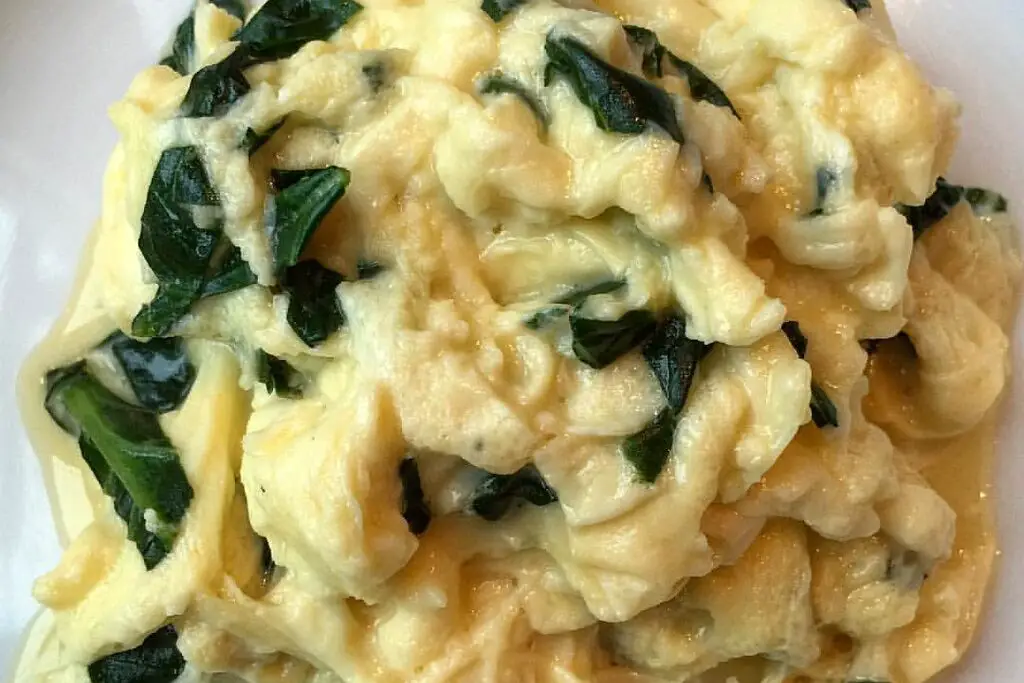
Scrambled eggs with spinach was once considered the ultimate breakfast for brain power, offering a potent mix of protein, healthy fats, and iron. Eggs were praised for their choline content, essential for brain health, while spinach was celebrated for its iron and antioxidant properties. This dish was marketed as the perfect morning fuel for both the body and the brain, particularly among health-conscious eaters looking to stay sharp throughout the day.
However, as the trend towards plant-based diets and new dietary preferences grew, scrambled eggs with spinach began to lose its status as the ultimate “brain food.” While it’s still a favorite among health enthusiasts, the combination has taken a backseat to other quick, on-the-go breakfast options. Despite this, it remains a wholesome, brain-boosting choice for anyone looking to enjoy a nutrient-packed breakfast.
